Xanax Bars: Side Effects, Addiction, & Treatment for Alprazolam
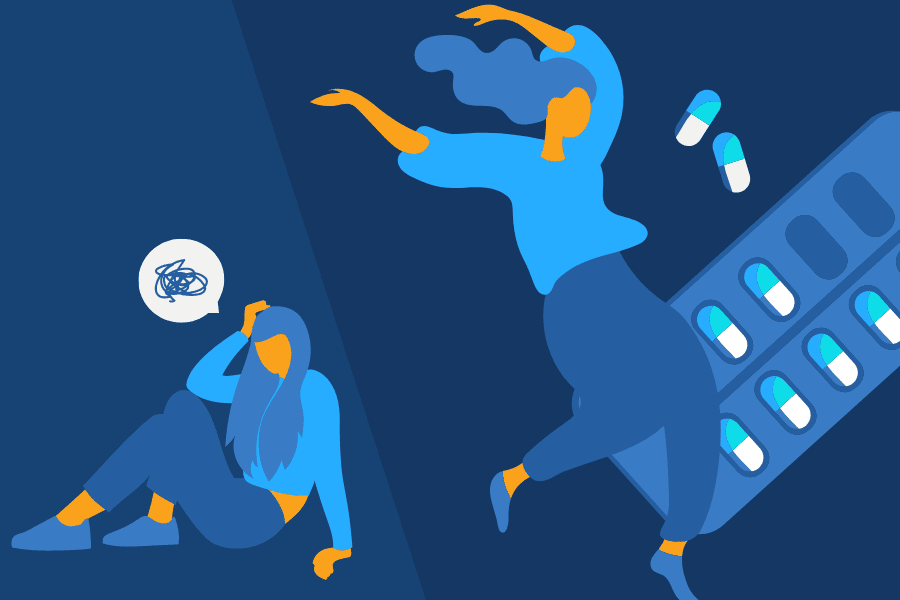

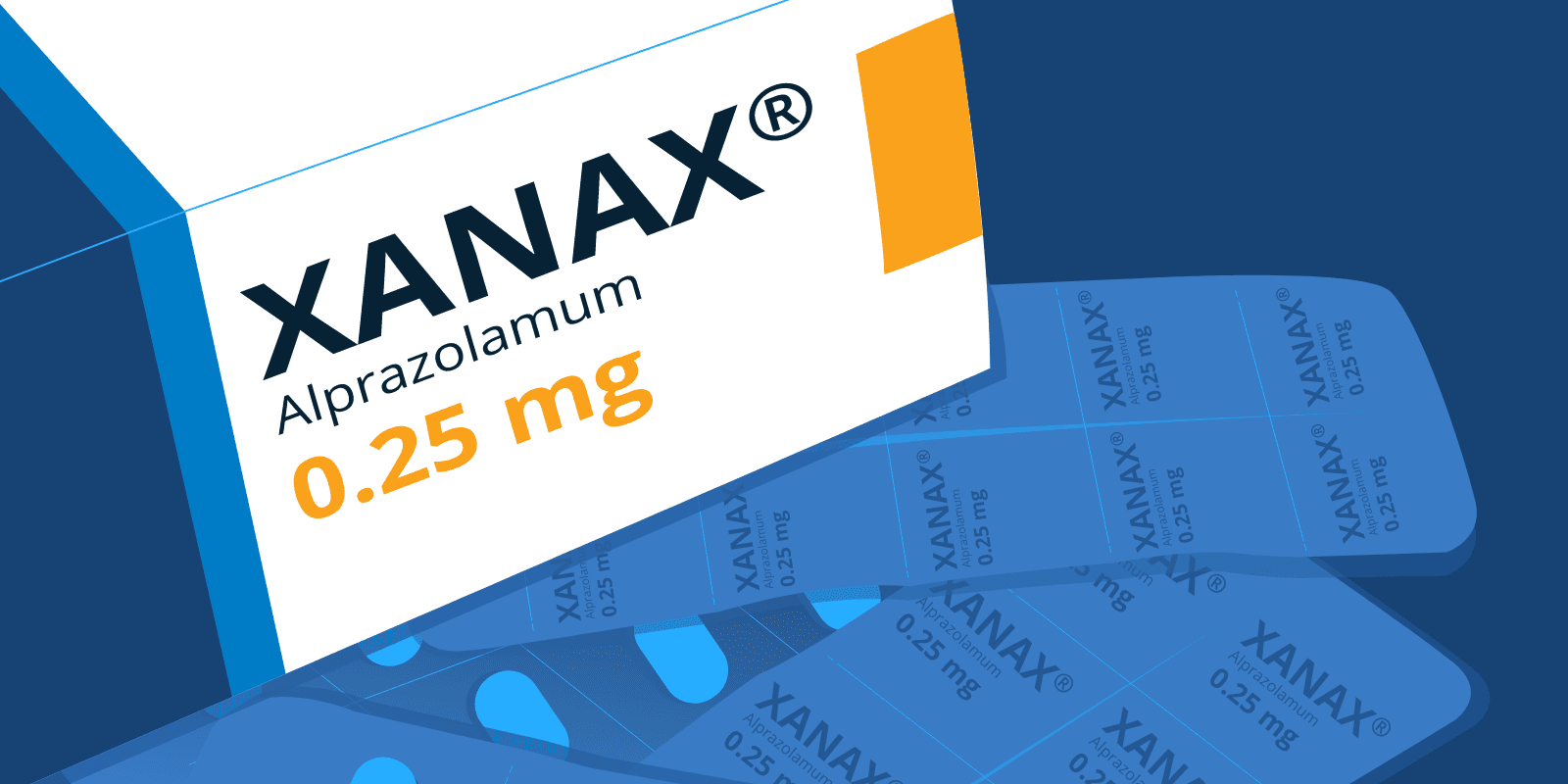
Xanax is a benzodiazepine medication used to treat symptoms of anxiety and panic disorders.
Xanax is a Schedule IV controlled substance, meaning it has an accepted medical use; however, it has the potential for abuse and dependence.
Xanax is a brand name for the drug alprazolam.
When used long-term, Xanax use can develop into a dependency and quickly into addiction.
Xanax use among teens and young adults is a cause for concern as young people are at an increased risk of facing long-term adverse effects from substance use, as well as developing an addiction.
According to the 2018 National Survey on Drug Use and Health, approximately 1.5 million young adults ages 18 to 25 misused prescription benzodiazepines in the past year.
It is important to be aware of the negative effects prescription drugs like Xanax can have on a person’s life and health, especially when misused.
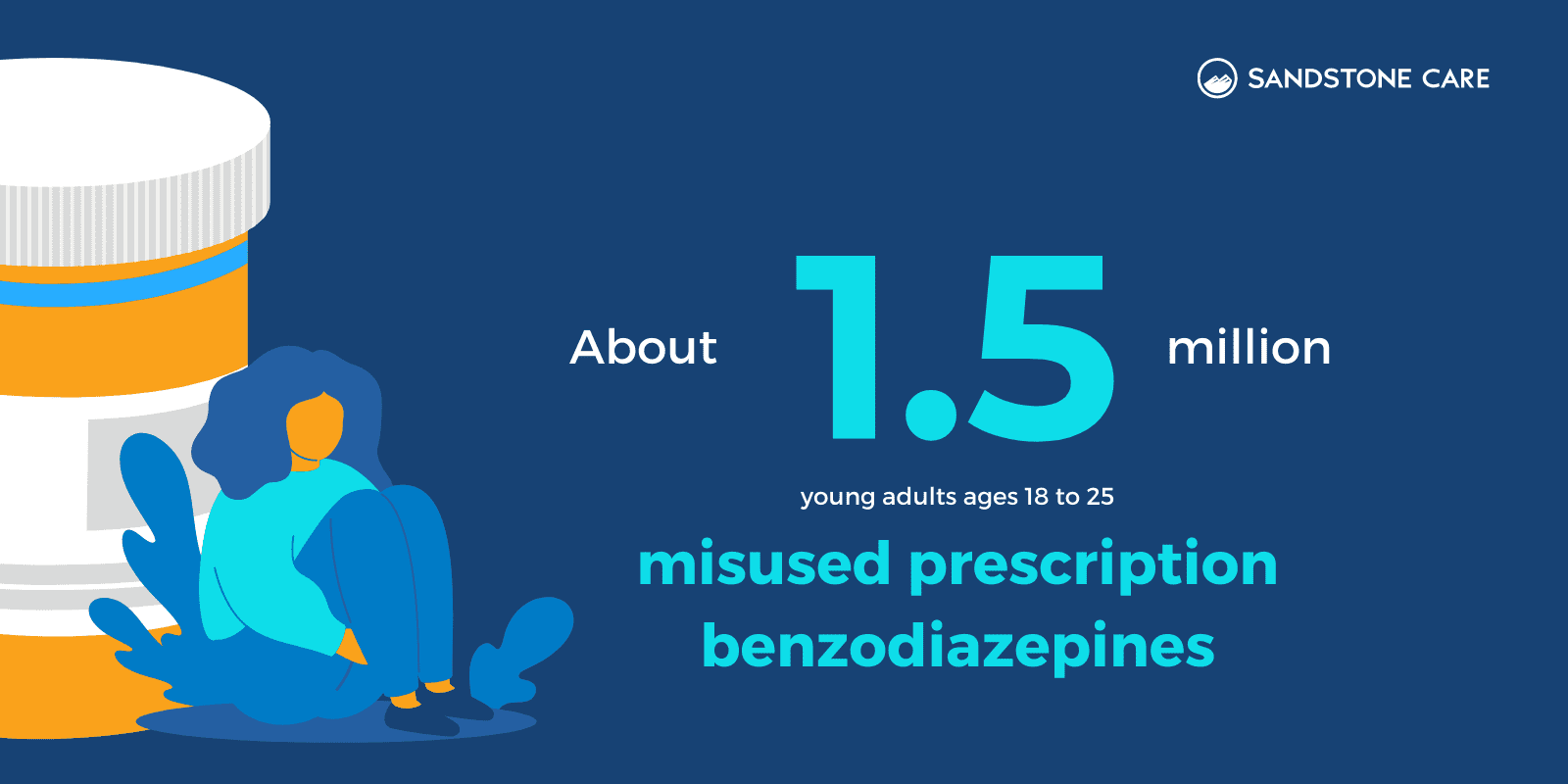
When prescribed, Xanax is used to treat symptoms of anxiety disorder that may include:
However, when misused, a person may take Xanax to achieve a “high” and to feel relaxed or “euphoric.”
Additionally, many young people misuse substances like Xanax as a way to self-medicate. Mental illness greatly impacts the teen and young adult population, and as a result, they may turn to drugs as an unhealthy coping mechanism.
Xanax can come in oval, rectangular, or triangular tablets.
Rectangular Xanax bars typically have little lines or scores in them, so they can be broken up into smaller doses.
The shape it comes in is usually related to how strong the dosage is.
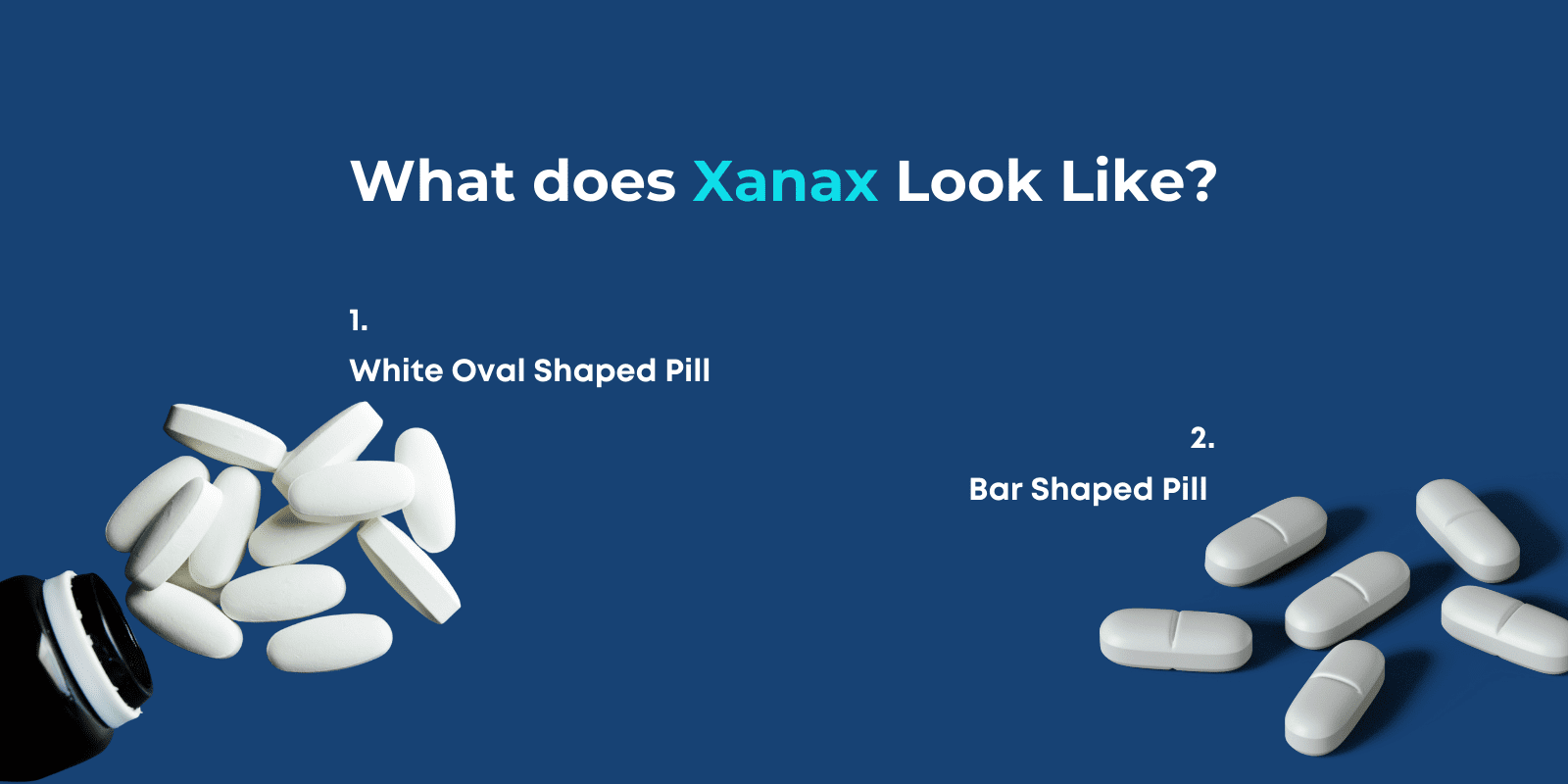
Xanax usually comes in the form of small, oval-shaped pills.
It may also be rectangular, with indents that look like a ladder. These are often referred to as “bars.”
Xanax pills can also be of different colors but are commonly white, blue, or orange.
Xanax can come in different strengths.
Xanax bars usually come in 2-milligram-strength tablets. However, they are often indented and can be broken up into 0.25 mg pieces.
Yes, Xanax is a benzodiazepine.
Benzodiazepines, also known as “benzos,” are depressants that are used to relieve anxiety and muscle spasms and reduce seizures.
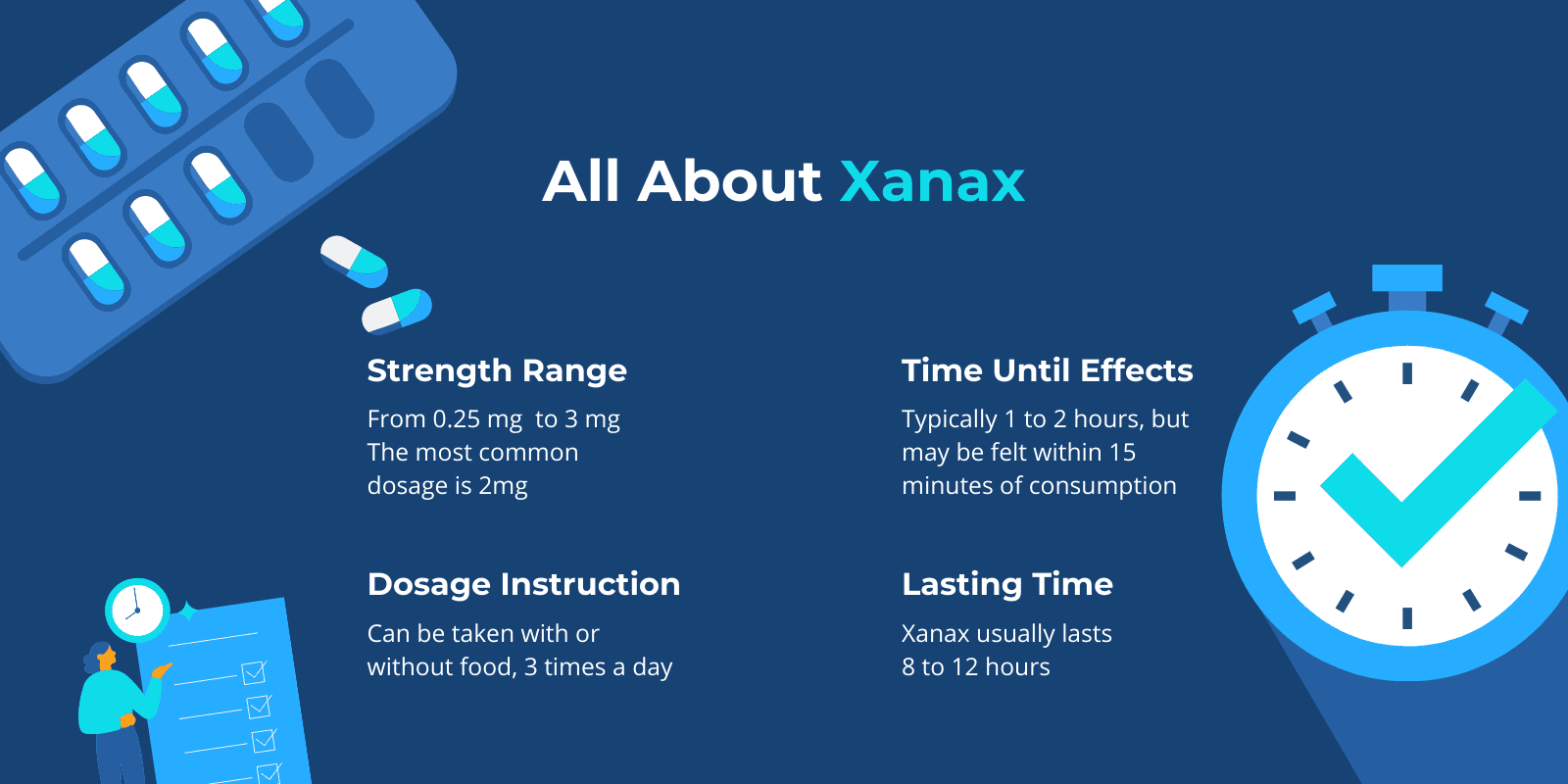
Xanax will typically start to work within 1 to 2 hours but may also be felt within 15 minutes of consumption.
Xanax quickly absorbs into the bloodstream when taken by mouth.
The sedative effects of a Xanax bar usually wear off in 8 to 12 hours.
The strongest dose of Xanax is a 3 mg extended-release tablet.
However, these pills are typically triangular and green.
The strongest and most common dosage of a Xanax bar is 2 mg.
The National Alliance on Mental Illness states that alprazolam (Xanax) can be taken with or without food.
If taking Xanax leads to an upset stomach, however, it can be helpful to take it with food.
Xanax abuse and addiction are common.
The risk for addiction is higher when individuals:
Xanax isn’t meant to be taken as a long-term form of treatment when prescribed, and the continued use of Xanax, whether prescribed or not, can quickly lead to dependence.
Young adults and teens who misuse Xanax are especially at a higher risk of addiction as their brains are still undergoing major development.
Common signs of a Xanax addiction can include:
Doses of Xanax anywhere between 0.75 mg and 4 mg can become habit-forming.

The starting dose for Xanax for adults is usually 0.25 mg to 0.5 mg, three times a day.
This dosage may be increased by your doctor if they feel it is necessary; however, the dose for Xanax is usually no more than 10 mg a day.
Whether prescribed or not, there is potential for dependence that may form into addiction.
One of the most common signs a person is struggling with addiction is that they are continuing to use the drug although the negative consequences it is having on their life, health, and relationships.
A person who is addicted to Xanax may commonly try to get more and more of the drug without a prescription or take more than what was prescribed for them.
They may also show changes in their mood, behaviors, and appearance.
If you suspect a loved one is struggling with Xanax addiction, it is important to educate yourself to understand more and learn how you can help. Connecting a person to professional resources is extremely important as well.
Possible side effects of Xanax bars can include:

Other serious side effects of Xanax can include:
Xanax works by increasing the effects of a brain chemical known as GABA, which contributes to its relaxing effects.
It also works by decreasing the level of excitement in the brain to help with the symptoms of anxiety.
Xanax works as a central nervous system (CNS) depressant.
The effects of Xanax are usually felt within 1 to 2 hours and, on average, last around 4 to 6 hours. However, the half-life of Xanax is around 11 hours.
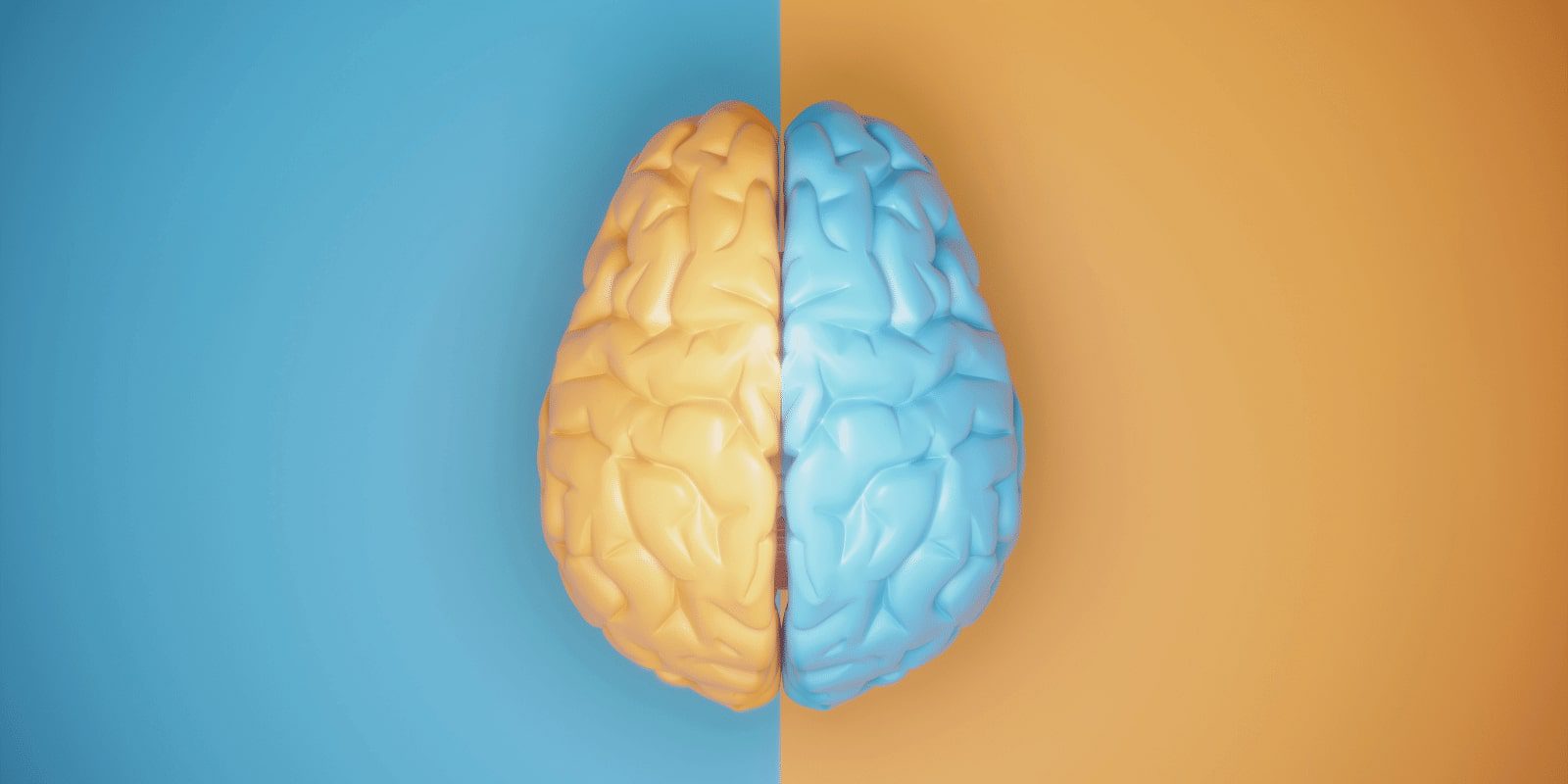
The effects that Xanax has on the brain can lead to temporary memory loss, irritability, and disturbing dreams.
There is no set number on how long these effects last, as it can depend on a variety of different factors.
Xanax use may contribute to cognitive impairment, making it hard for a person to do things like concentrate or pay attention.
Benzodiazepines, in general, do have the potential to lead to serious medical problems such as brain damage or kidney damage.
Although used to help treat panic and anxiety disorders, Xanax can be misused in numerous ways, and it is important to understand the negative effects it can cause.
Aside from the adverse side effects such as lightheadedness, difficulty concentrating, and lack of coordination, Xanax has a high potential for abuse and dependence.
Xanax can also potentially lead to an overdose.
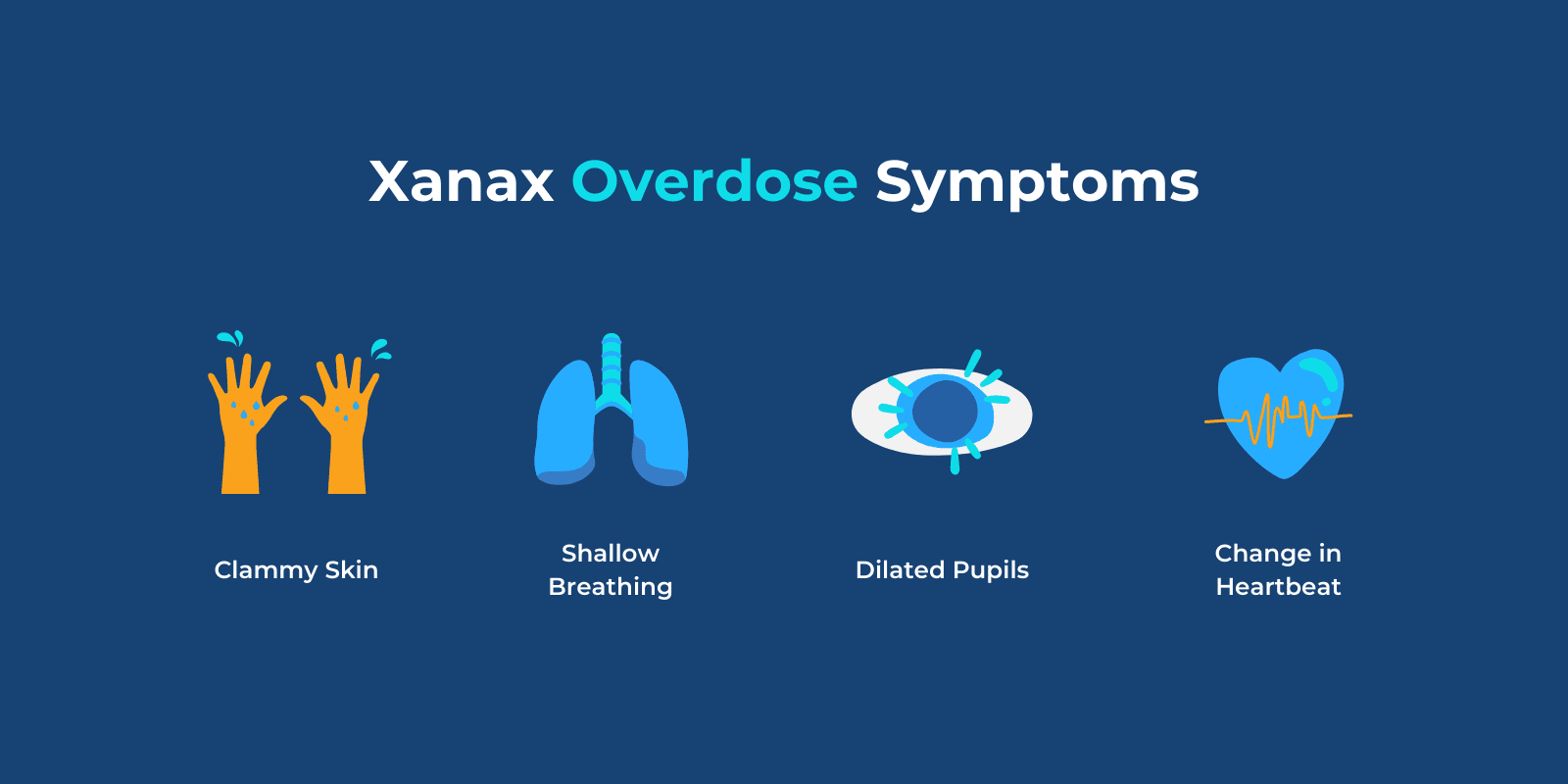
Signs that a person has taken too much Xanax can include:
Overdose, in severe cases, may also result in coma or death. If you or a loved one are experiencing a Xanax overdose, call 911 immediately.
According to the National Institute on Drug Abuse, in 2020, 16 percent of opioid-related overdose deaths also involved benzodiazepines.
Xanax abuse and addiction can impact every aspect of a person’s life, including their health, relationships, and overall well-being.
If you or a loved one are struggling with Xanax addiction, it is important that you seek professional help and support to help begin the treatment and recovery process to begin healing both inside and out.
Weight gain is a possible side effect of Xanax use.
Some people may also lose their appetite as a result of Xanax use, leading to weight loss.
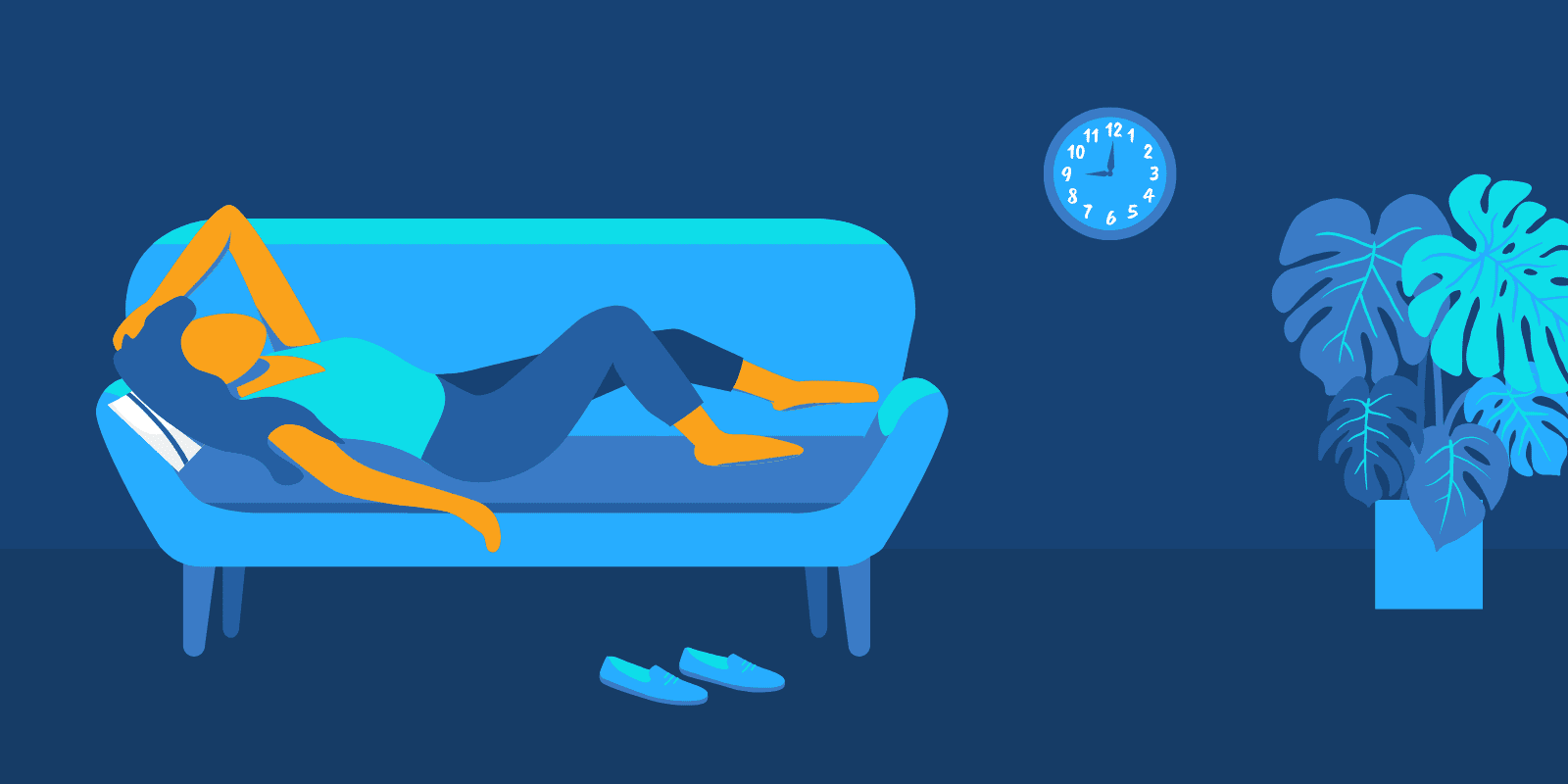
Yes, one of the side effects of Xanax is fatigue and tiredness.
The sedative effects of Xanax can also last from 8 to 12 hours.
It is important to take caution if driving or operating machinery and to consult with your doctor about your safety and the precautions you should take.
In some cases, Xanax may lead to decreased mental alertness.
Some studies suggest that Xanax can lead to temporary memory impairments. However, it is not clear how long these effects last.
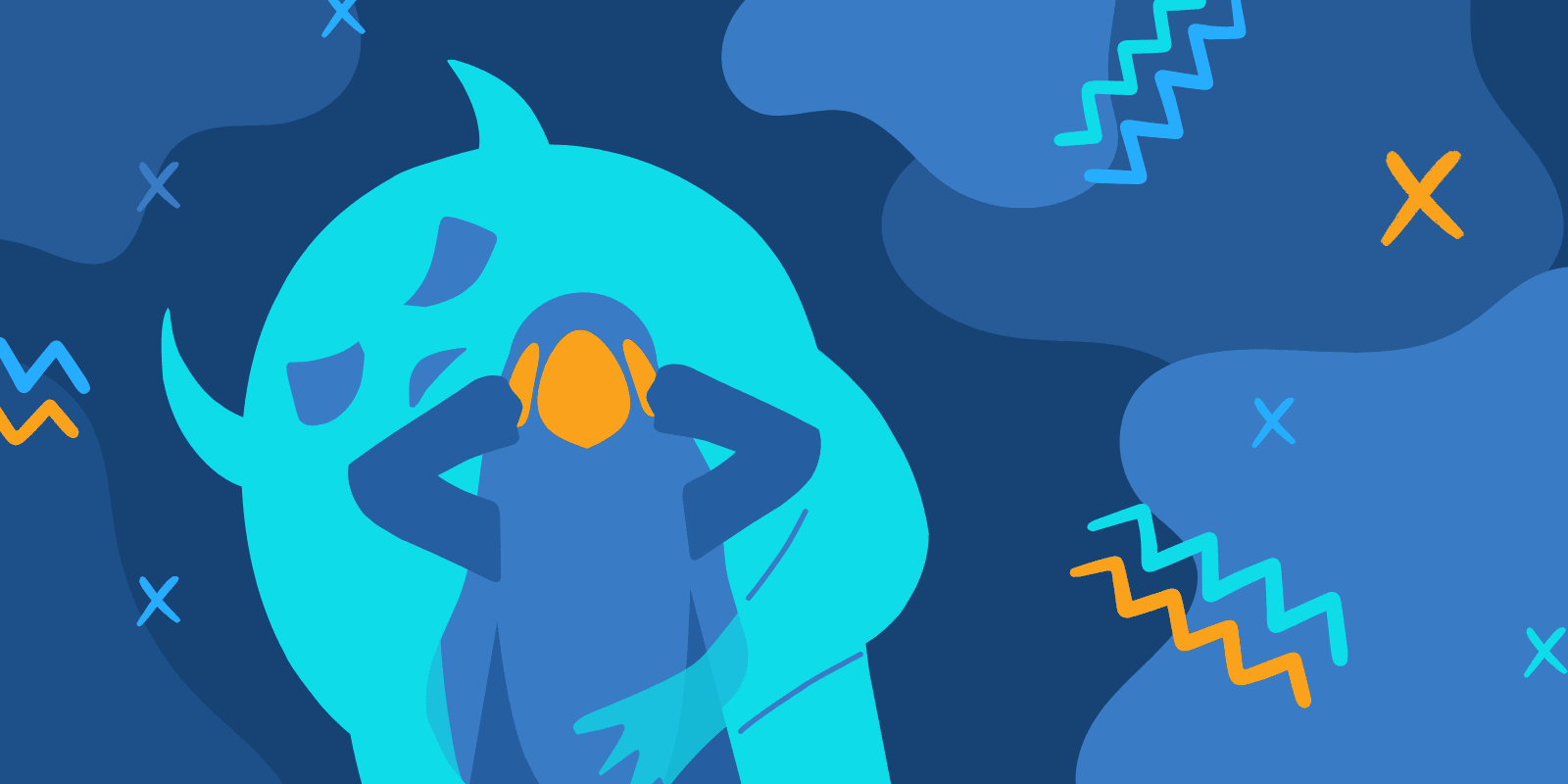
According to the U.S. Food and Drug Administration, Xanax is used to manage anxiety disorders and offer short-term relief from symptoms of anxiety.
However, when starting Xanax, some users report worsened anxiety at the beginning for a short period of time as their bodies adjust.
Additionally, a person’s anxiety may potentially worsen when they stop taking Xanax or reduce their dosage.
When prescribed, it is recommended that Xanax be tapered, meaning you should gradually decrease the daily dose of the medication as instructed by a doctor.
When tapering, the end goal is to discontinue the use of a substance in a safe way to help manage symptoms that may worsen when stopping or decreasing use.
In severe cases, Xanax may cause depersonalization.
Depersonalization refers to the feeling of being detached from one’s body. A person experiencing depersonalization may feel a loss of control over their body, actions, or thoughts.
Depersonalization is typically found in individuals struggling with anxiety or depression.
Someone experiencing depersonalization may feel that they are looking at themselves from outside their body, or they may feel that they are not real.
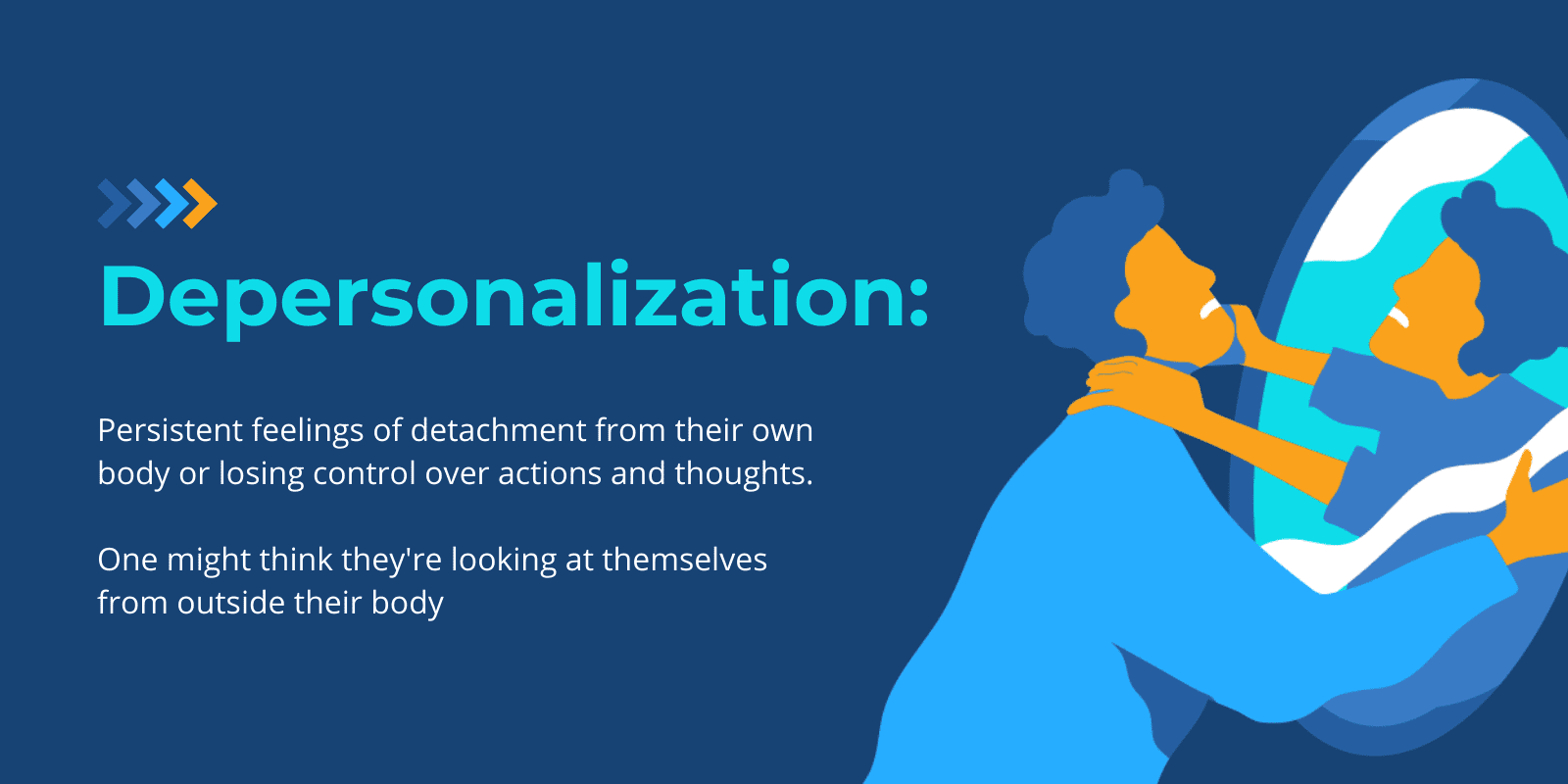
Some studies suggest that the use of benzodiazepines may put a person with Alzheimer’s at an increased risk of stroke.
More research is needed to determine the connection between benzodiazepines and stroke.
Some benzodiazepines may be connected with kidney damage with long-term use. However, more research is needed.
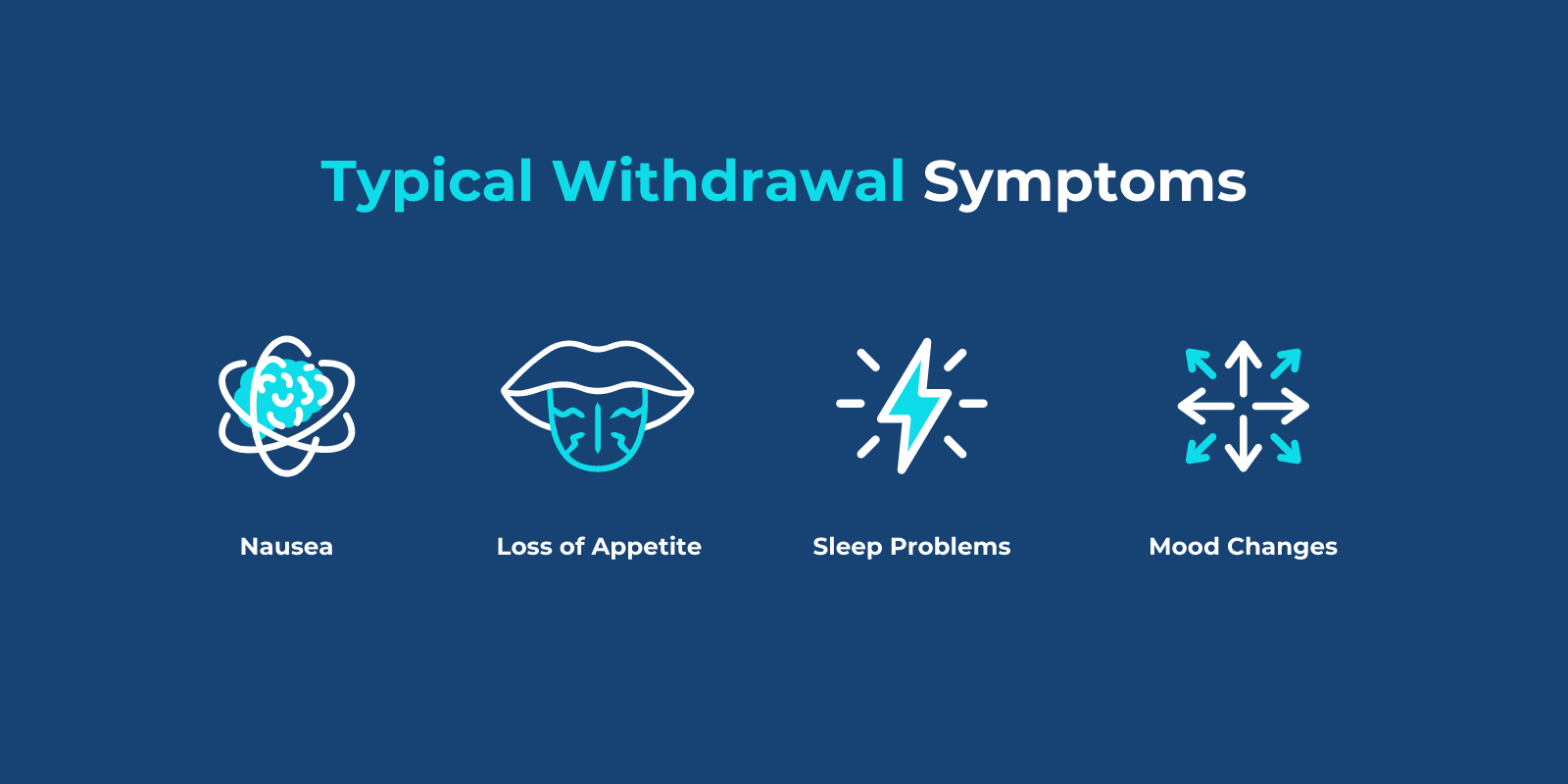
Withdrawal symptoms from Xanax may involve:
If you or a loved one are experiencing suicidal thoughts, call the National Suicidal Prevention Lifeline at 988, or call 911 immediately.
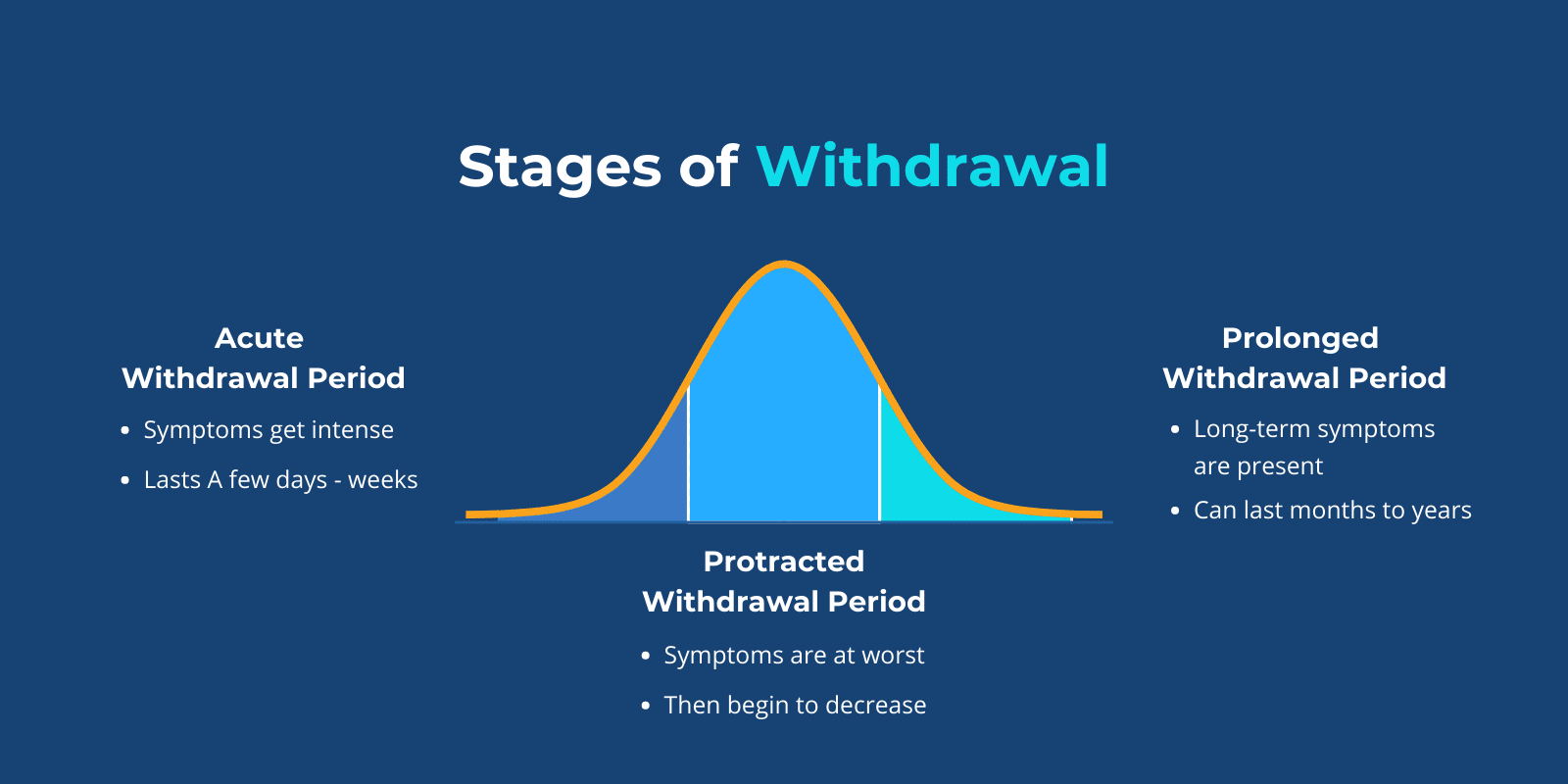
Withdrawal symptoms from benzodiazepines can generally include the following:
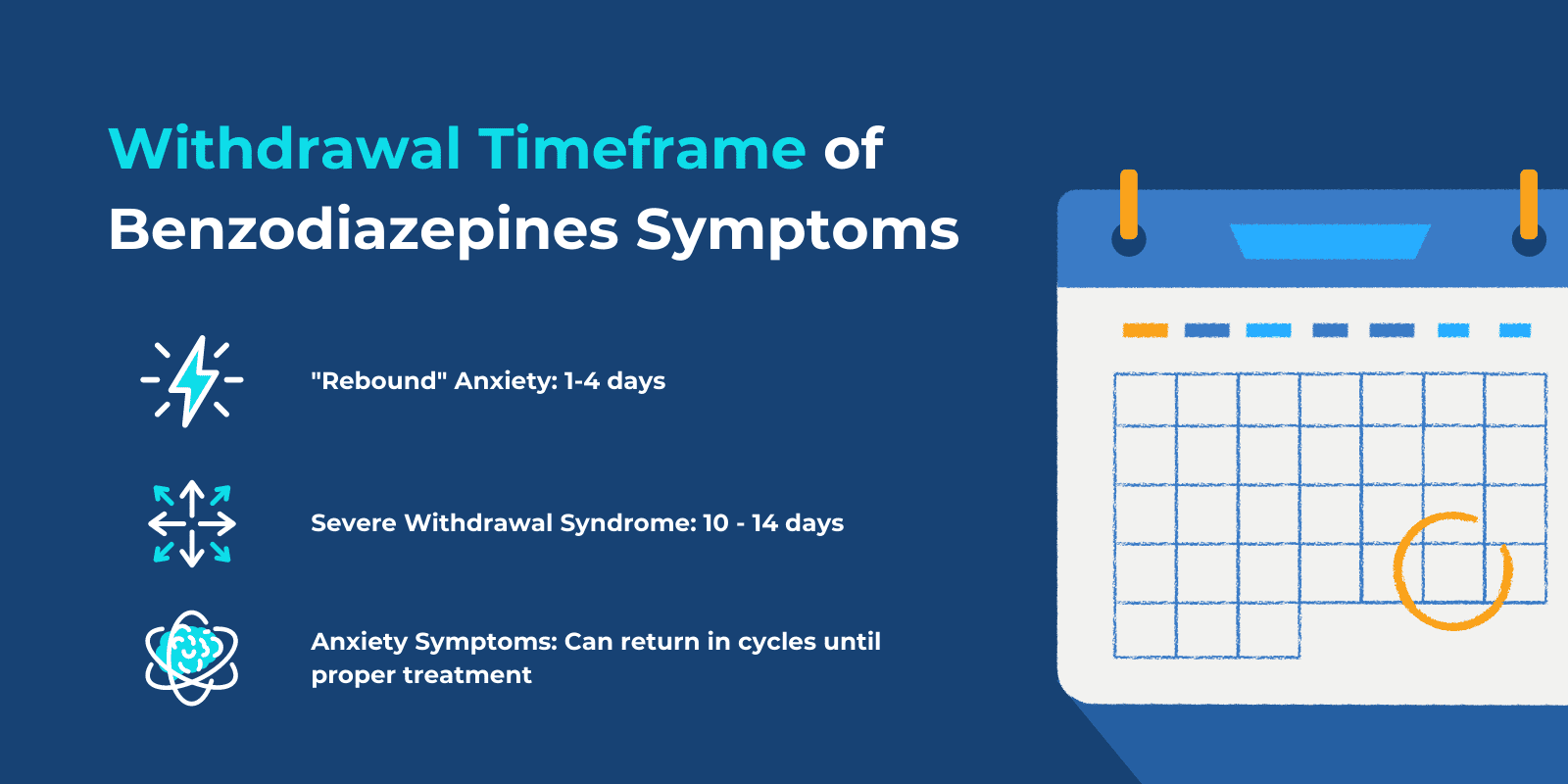
Withdrawal symptoms from benzodiazepines can lead to several symptomatic patterns.
“Rebound” anxiety typically lasts around 1-4 days after discontinuing use. “Rebound” anxiety happens when a person stops taking a substance, like Xanax, and their symptoms return, sometimes worse than they were before.
Additionally, severe withdrawal syndrome can last anywhere from 10 to 14 days.
Anxiety symptoms may also, in some cases, return and continue all the way until a person receives proper treatment.
Xanax withdrawal can last anywhere from a few days to a few weeks.
The time length of withdrawal can depend on a number of different factors, such as the length of use or the dosage that was taken.
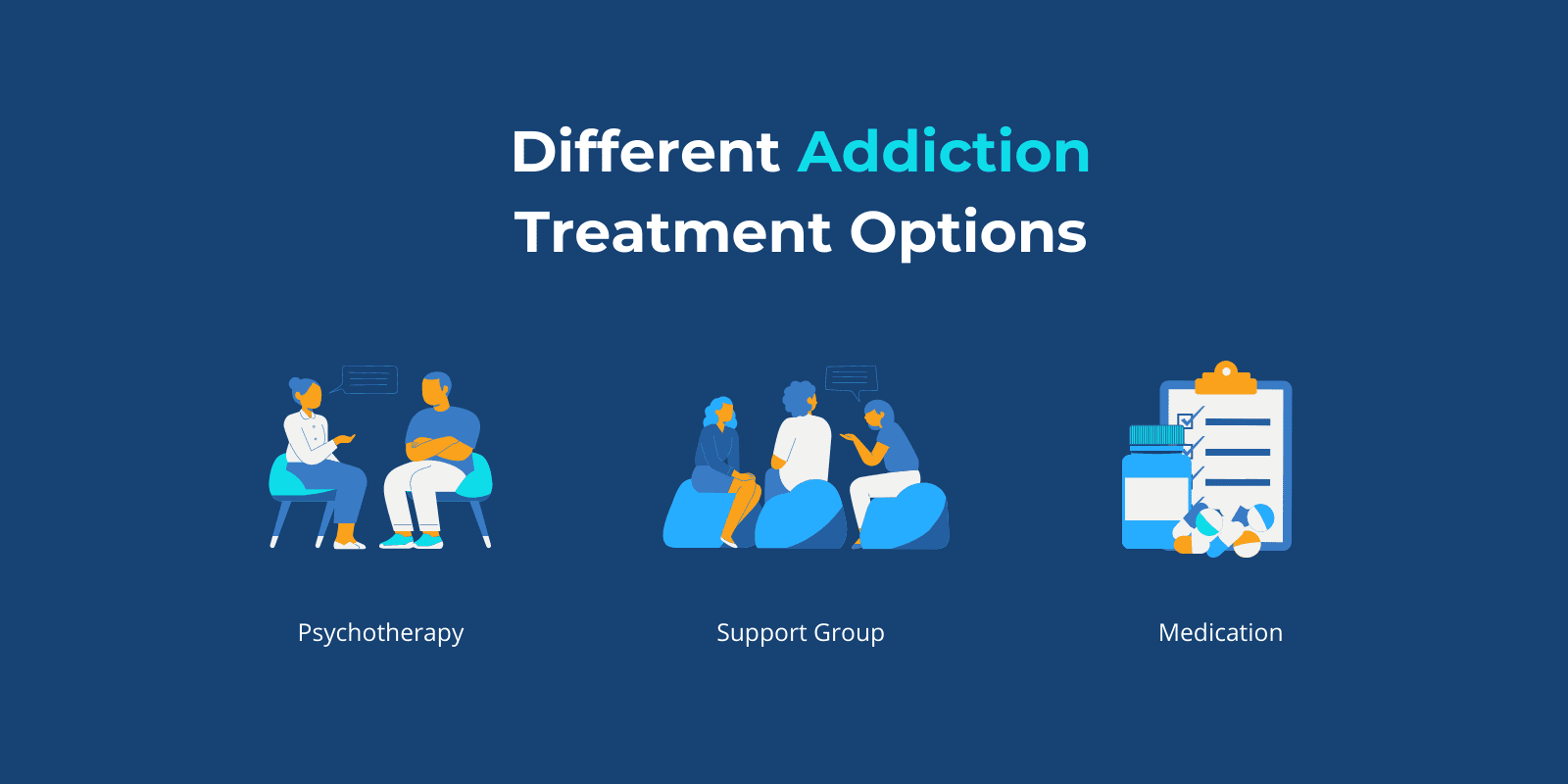
When looking for treatment for Xanax addiction, it is important to find one that fits the needs of your or your loved one the best.
Psychotherapies, such as cognitive behavioral therapy (CBT), can be helpful for those struggling with Xanax addiction.
Psychotherapy can be effective in helping individuals identify and change unhealthy emotions, thoughts, and behaviors. Many different forms of psychotherapy may be used in treating addiction.
There is no known medication approved for treating Xanax addiction.
Additionally, support groups can be very beneficial throughout the treatment and recovery process.
Addiction can be very hard to talk about and become very isolating. Support groups offer a sense of community and a safe space for individuals of any age to go to and learn and relate to each other.
SAMHSA has a behavioral health treatment services locator that serves as a confidential and anonymous source of information to find a treatment center for substance abuse or mental health problems.
Sandstone Care provides age specific care for those who struggle with substance use, mental health, and co-occurring disorders. We have treatment centers throughout the United States.
Treatment for Xanax addiction typically involves medical detox.
Medical detox is usually given to anyone who enters treatment with a dependence. The goal of detox is to help individuals gradually stop taking a drug and manage withdrawal symptoms in a safe and controlled environment.
Detox should be done with medical supervision to ensure the safety of both the individual and their loved ones.
Cognitive behavioral therapy (CBT) is a common and effective treatment for benzodiazepine addiction.
CBT is centered around the connection of thoughts, feelings, and behaviors. It can help a person struggling with addiction identify unhealthy thought patterns and how they are contributing to destructive behaviors.
CBT is an umbrella term that refers to a variety of different treatment approaches.
Individual therapy coupled with support groups can help individuals with benzodiazepine addiction learn healthy skills and mechanisms and relate to others who may share similar experiences.
It is best to seek professional help to determine what the best treatment is for you.
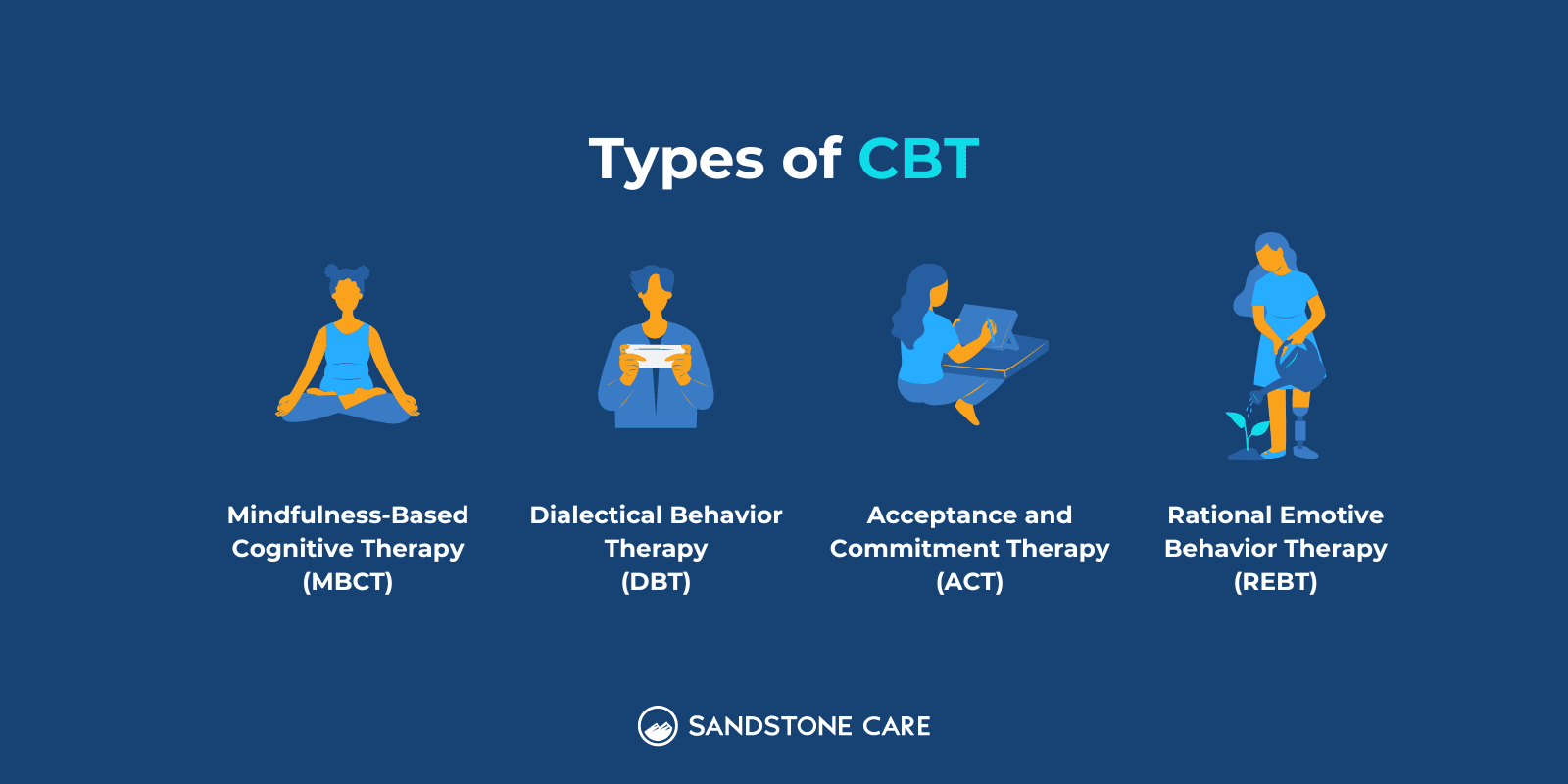
The length of Xanax addiction treatment depends on the individual.
There is no one-size-fits-all, especially when it comes to addiction treatment.
FAQ
Our goal is to provide the most helpful information. Please reach out to us if you have any additional questions. We are here to help in any way we can.
A “bar” is a form of Xanax that differs in size and potency.
A Xanax bar is white and rectangular, with indents or scores on the side so it can be broken into smaller doses.
A Xanax bar is also usually 2 mg, which differs from tablets that are typically .25 mg.
Other forms of Xanax are usually oval or triangular.
When prescribed, 1 mg of Xanax isn’t considered a lot; it is in the range of a normal dosage for adults.
A person may be prescribed Xanax as a treatment for the symptoms of anxiety and panic disorders.
Xanax doesn’t necessarily make a person mean, but a side effect can be increased irritability.
According to MedlinePlus, a potential side effect of Xanax is talkativeness.
However, in other cases, Xanax use can lead to problems with speech as well as difficulty concentrating.


Xanax addiction can cause numerous negative effects on a person’s health and well-being. Psychotherapy and support groups can be effective treatments. Sandstone Care is here to support teens and young adults with mental health and substance use disorders.